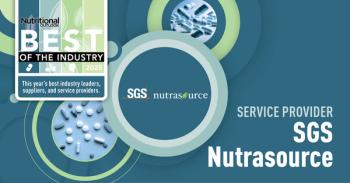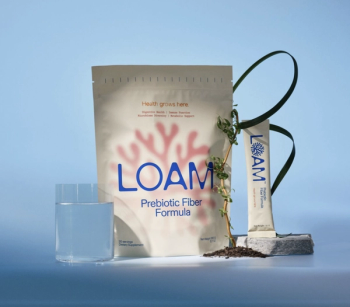
4 Challenges with High-Protein Ice Cream and Frozen Yogurt: Production
Summer is over, but high-protein ice cream and frozen yogurt is in.
High-protein content can present production obstacles down the line. “On the manufacturing side of things, Halo Top’s protein content definitely presented a lot more challenges than regular ice cream,” says Woolverton.
High-protein ice cream can be more viscous, for instance, which can challenge equipment. “It can cause some problems running through a pasteurizer’s tubes and the like,” he says. “At the very first run we did at the local dairy we use, we actually ‘blew’ their pipes because the mix was so thick! We’ve since fixed that issue.”
Dërinice’s Derin agrees that viscosity was challenging. “The elevated protein concentration in the product requires extra effort in the product preparation-mainly in the process of product cooking and the cooling processes. After several research and development attempts, we needed to adapt to production of ice cream mixes having much higher viscosity levels as well as much higher homogenization pressure.”
Photo © iStockphoto.com/OlgaMiltsova
Newsletter
From ingredient science to consumer trends, get the intel you need to stay competitive in the nutrition space—subscribe now to Nutritional Outlook.





